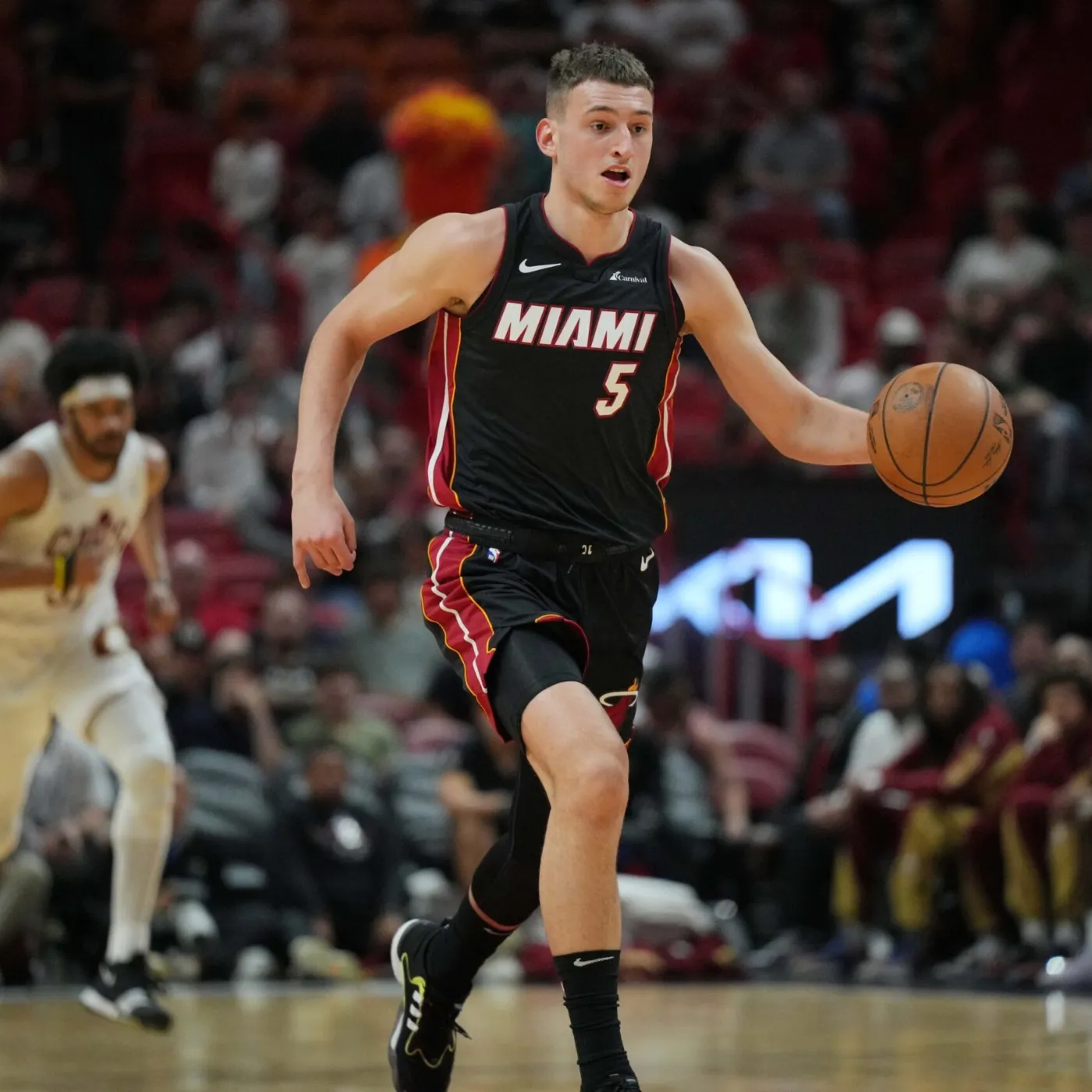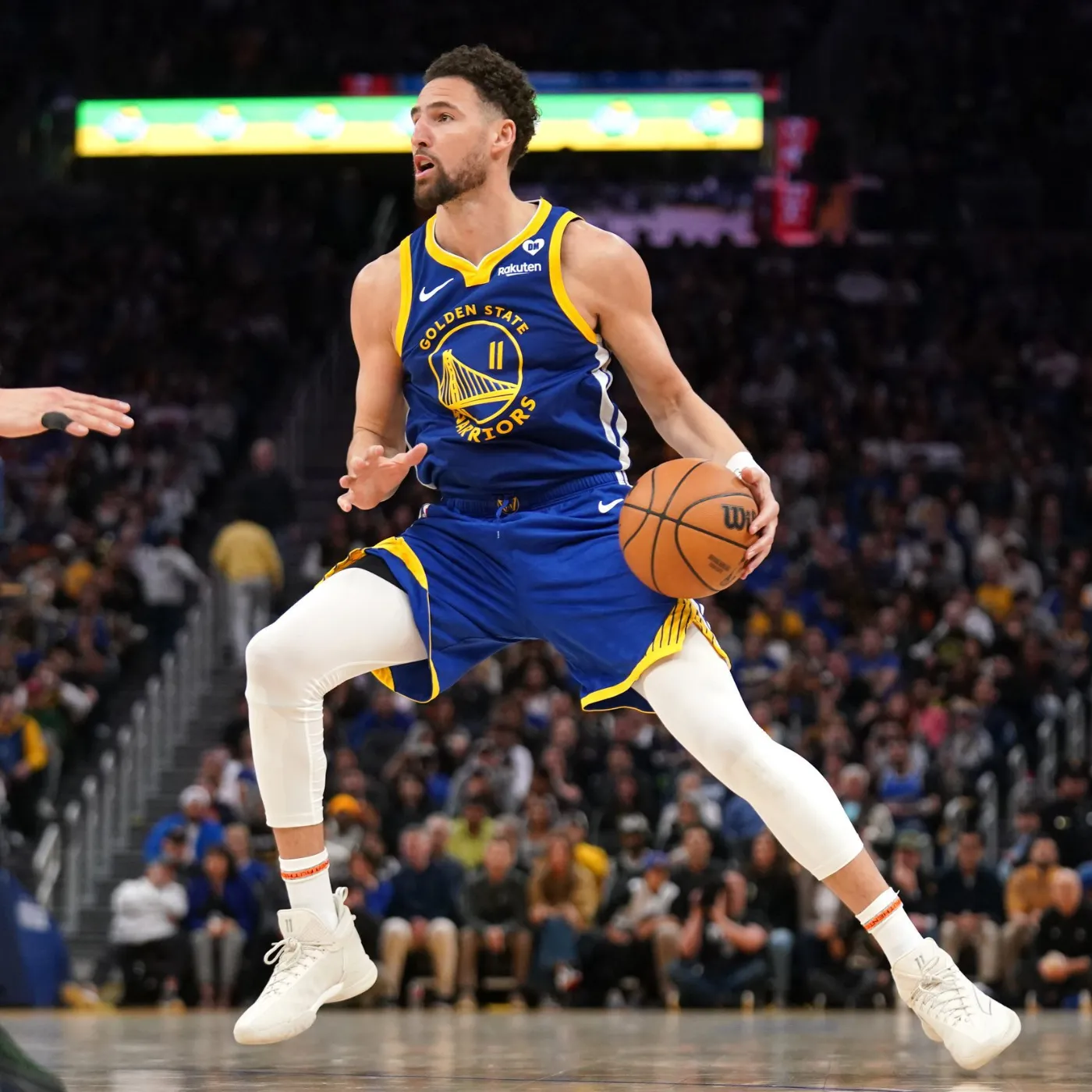
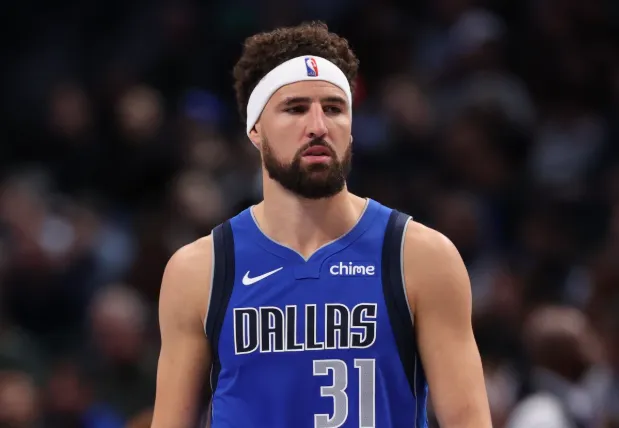
Klay Thompson’s ‘B’ Grade for Mavericks Season Sparks Debate: Too Harsh or Too Generous?
When NBA veteran Klay Thompson received a ‘B’ grade for his performance with the Dallas Mavericks this season, fans and analysts were quick to take sides. Some argued the grade was generous, considering his inconsistent shooting and defensive decline. Others saw it as a fair reflection of a transition season for a player adapting to a new team and role. This article takes a deep dive into the 2024–2025 NBA season, examining Thompson’s contributions, struggles, and whether the grading fairly represents his value to the Mavericks.
Klay Thompson’s Role with the Mavericks: A Fresh Start or a Temporary Fit?
After spending his entire career with the Golden State Warriors, Klay Thompson’s move to the Dallas Mavericks was one of the most talked-about transitions of the season. With his departure from the Bay Area, many wondered how he would adapt to playing alongside Luka Dončić and Kyrie Irving, two dominant guards who control the ball and lead the offense.
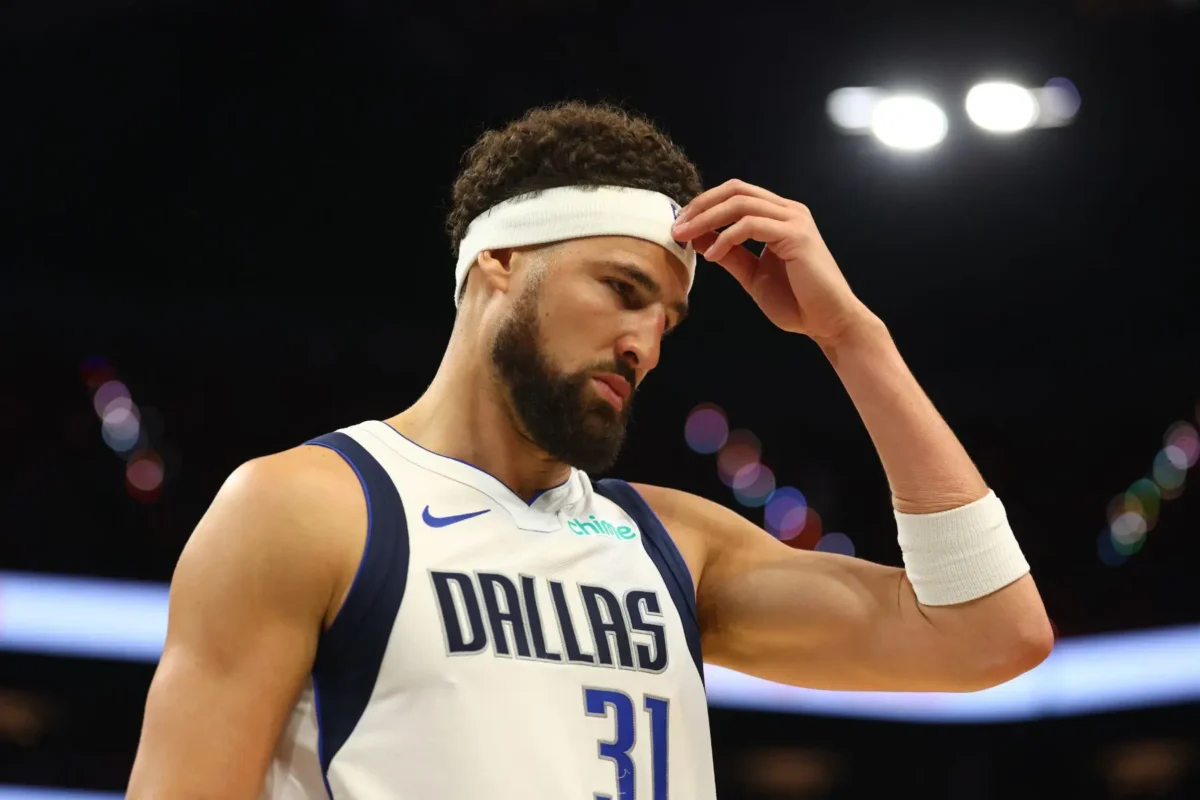
Thompson joined Dallas with the reputation of being one of the NBA’s premier shooters, a five-time All-Star and four-time champion. The Mavericks envisioned him as a veteran leader and a floor-spacer who could hit open shots and provide occasional defensive stability. On paper, it looked like a perfect fit—experience, shooting, and the championship pedigree to guide a young core in a competitive Western Conference.
Yet, reality proved more complex. Thompson struggled to find a rhythm early in the season. His minutes were sporadic, and the offensive system did not always cater to his strengths. Unlike his time with the Warriors, where off-ball movement and screens created ideal conditions, the Mavericks’ offense centered around high pick-and-rolls, giving him fewer opportunities for catch-and-shoot threes.
Inconsistent Shooting and Defensive Concerns: Is the ‘B’ Grade Too Generous?
For a player like Thompson, whose game has been largely built on shooting efficiency and perimeter defense, any decline in those areas is bound to draw scrutiny. Unfortunately, this season saw both.
His three-point shooting percentage dipped below his career average, hovering around 36%. While this is still respectable by NBA standards, it marked a noticeable decline from his elite years where he shot above 41%. Some games saw vintage performances—25-point nights with five triples—but others exposed his inconsistency, especially when defenders crowded his space or forced him to put the ball on the floor.
Perhaps more concerning was his defense. Once known for his ability to lock down opposing guards, Thompson’s lateral movement and defensive reaction time have declined post-injury. At 34, it’s not surprising, but against quicker guards like Shai Gilgeous-Alexander or Anthony Edwards, Thompson looked a step behind.
The Mavericks have adjusted by hiding him on weaker offensive players and relying on others like Derrick Jones Jr. or Josh Green to take tougher assignments. In this context, critics argue that a ‘B’ grade feels overly kind. If your role is to shoot and defend, and you’re doing both at a lower level, shouldn’t that reflect in the evaluation?
Locker Room Impact and Championship Mentality: The Hidden Value of Klay Thompson
One argument in favor of the ‘B’ grade—or even higher—is Thompson’s veteran presence. Coaches and teammates have praised his leadership, work ethic, and mental toughness. He brings a level of professionalism that is contagious in the locker room, especially for a team with postseason ambitions.
In interviews, Thompson has been candid about his struggles, both physical and mental, since returning from two major injuries. That transparency has earned him respect, not only as a player but as a person navigating the harsh realities of elite competition after career-altering setbacks.
Additionally, he has helped shape the Mavericks’ culture this season. His guidance has been particularly valuable to younger players, and his late-game experience has been useful in clutch scenarios. In several games, his calm demeanor and quick trigger from the corner have helped seal victories—reminding everyone that while he may not be “Prime Klay,” he still has game-winning value.
This intangible contribution is why some analysts support the ‘B’ grade. It’s not just about stats or shooting percentages. It’s about the full package—what a player brings on and off the court. When measured this way, Klay Thompson’s impact becomes more nuanced.
Fan Reactions and Social Media Debates: A Grade That Divided the NBA Community
The moment Thompson’s ‘B’ season grade was posted by popular NBA analysts, the reaction was instant. Twitter (now X), Reddit, and sports shows lit up with debate. Was it accurate? Was it biased nostalgia? Or was it a media narrative trying to protect a beloved veteran?
Some fans pointed out that other players with similar stats received lower grades. They questioned whether Thompson’s name and championship rings earned him a higher mark than deserved. Others argued that no other player in Thompson’s age group, with his injury history, could perform at his current level and still impact a playoff-contending team.
The reality is that fan opinion often reflects expectations. Many fans expected Klay to bounce back fully this season, shooting 40% from deep, locking up guards, and playing 30 minutes per night. When he didn’t hit those benchmarks, disappointment set in. But those expectations may have been unfair to begin with. Thompson never claimed to be the same player who dropped 60 points in 29 minutes. He came to Dallas to contribute—and in many ways, he has.
Comparing Thompson’s Season to Other Veteran Shooters in the League
To truly understand whether a ‘B’ grade is fair, we must compare Thompson’s performance to similar players. Think of shooters like Danny Green, Joe Harris, or even Buddy Hield. While all are capable from long-range, none have the defensive resume or postseason pedigree of Thompson.
This season, Hield shot better from three but struggled defensively and was benched for long stretches. Joe Harris played fewer minutes and battled injuries. Danny Green, in his late 30s, became more of a mentor than an on-court contributor.
By comparison, Thompson averaged double-digit points, played over 25 minutes per game, and started nearly half the season. He maintained a leadership role and was trusted in late-game situations. If they earned C+ or B- grades, then Thompson’s ‘B’ might indeed be fair—or even modest.
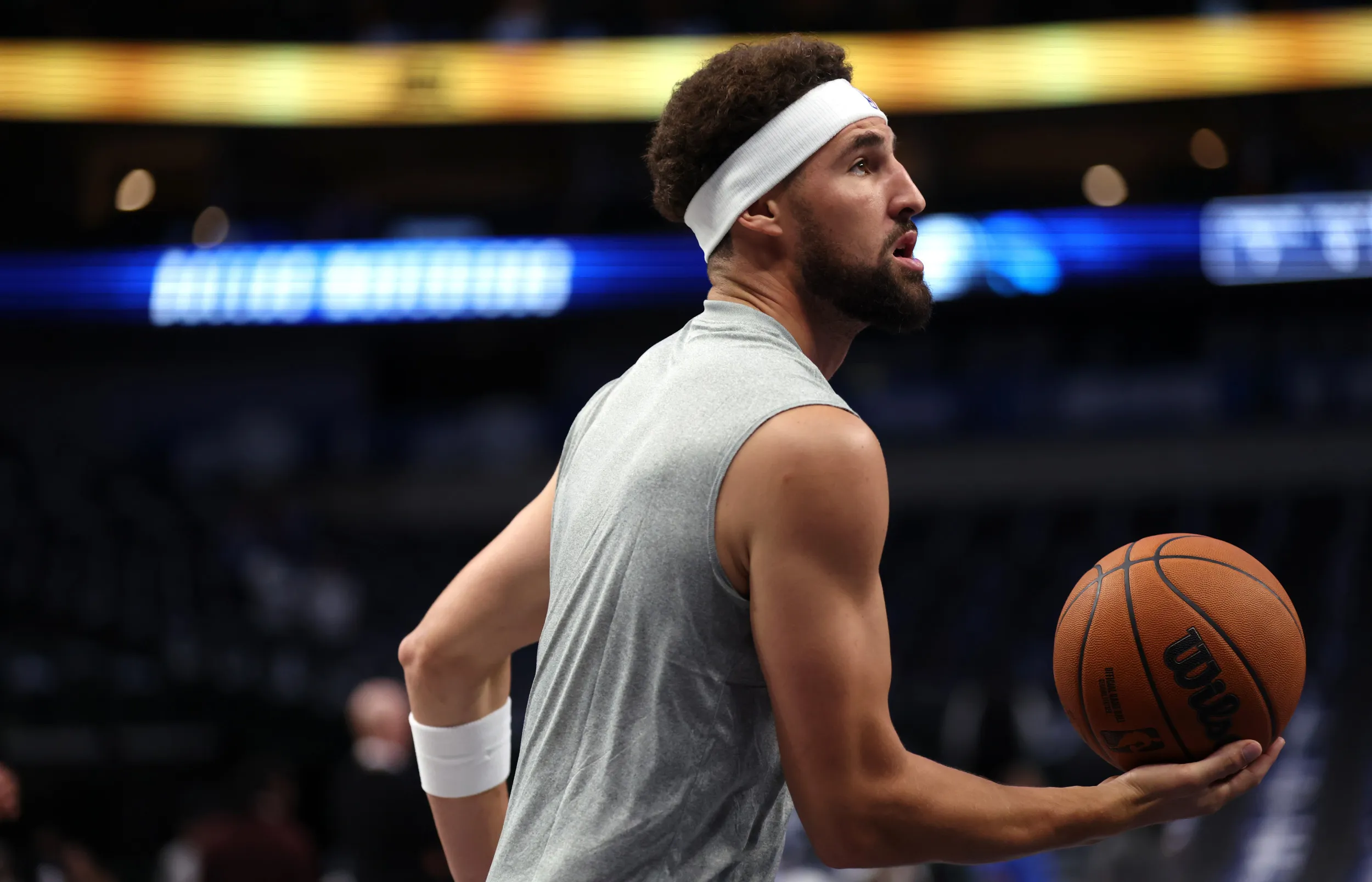
What’s Next for Klay Thompson and the Mavericks?
The Mavericks are poised to make a playoff push, and Thompson’s role could grow in the postseason. His ability to hit timely shots and maintain composure under pressure is what separates stars from legends. If he can produce a few big playoff moments, the narrative around his season could shift dramatically.
The Mavericks also have to make offseason decisions. Thompson signed a short-term deal, and the franchise must decide whether to keep him, reduce his minutes, or explore other veterans. Much of that decision hinges on how the postseason unfolds and whether Thompson can elevate his game when it matters most.
There’s also the matter of legacy. Klay Thompson is already a Hall of Fame-caliber player. How he finishes his final years in the league will add depth to his story. A strong playoff run with Dallas could remind everyone that greatness isn’t always measured by numbers—it’s also about moments, leadership, and the ability to rise when the stakes are highest.
Conclusion: Grading Klay Thompson’s Mavericks Season Requires Context
Is a ‘B’ grade for Klay Thompson’s Mavericks season too harsh or too generous? The answer lies somewhere in between. Statistically, he’s regressed. Defensively, he’s not the player he once was. But in terms of leadership, clutch performances, and veteran impact, he’s still valuable.
Fans and analysts must weigh both sides of the equation. Thompson may no longer be a top-tier shooting guard, but he’s still an important piece for a Mavericks team aiming to contend. Perhaps a ‘B’ grade isn’t the final verdict—but rather a placeholder in a longer journey still unfolding.








